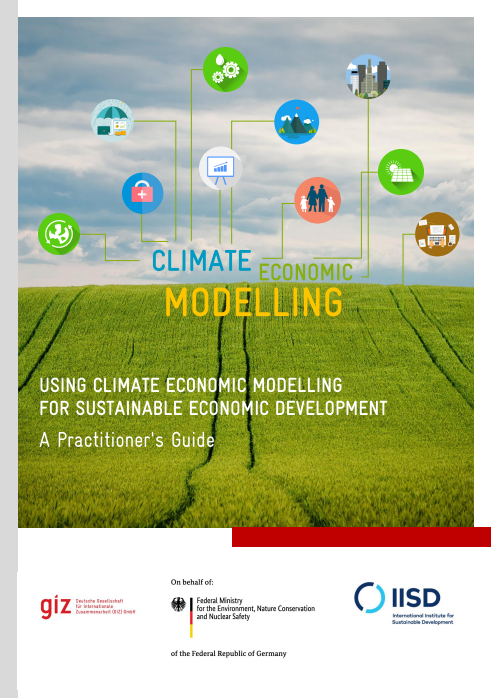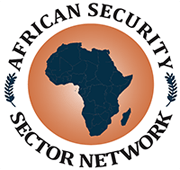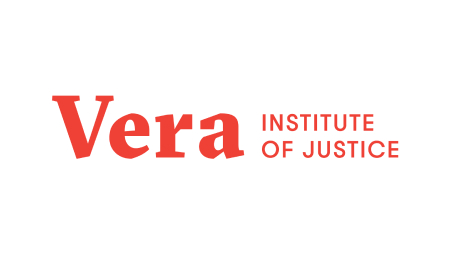Provides a framework for economic advisors to incorporate climate economic modelling results into economic development processes. It suggests nine indicative entry points and enabling activities for integrating these results into sustainable economic development planning, implementation, monitoring, evaluation, and learning. Primarily targets mid-level technical officers responsible for economic matters in central government ministries. It’s also relevant for economic advisors in sectoral ministries and local government officers involved in development planning and budgeting.
Key Objectives
The key objectives of the IKI Global Programme on Policy Advice for Climate Resilient Economic Development include:
- Developing methods and tools for modelling the economic impacts of climate change and adaptation.
- Supporting climate-resilient economic development in pilot countries such as Georgia, Kazakhstan, and Vietnam.
- Providing guidance and technical support to countries on integrating climate economic modelling results into sustainable economic development planning, implementation, and monitoring.
Climate economic modelling can be used to promote sustainable economic development by:
- Providing insights into the potential impacts of climate change on national economies, allowing policymakers to make informed decisions on adaptation measures.
- Assisting in prioritizing adaptation measures at different levels through engagement with economists and climate adaptation actors.
- Supporting the development of monitoring and evaluation frameworks based on existing systems and data to track the effectiveness of climate-resilient economic development initiatives.
- Enhancing access to country-specific and quality data and information can reduce uncertainties, increase confidence in assumptions, and improve the robustness of model outputs.
- Enabling the integration of climate economic modelling results at various stages of the economic development policy cycle, tailored to each country’s specific needs and opportunities.
Overview
I. Introduction
Introduces the critical importance of addressing climate change as a socio-economic issue, not merely an environmental concern. It strongly emphasizes integrating climate change considerations into economic development planning to achieve sustainable development goals. The introduction highlights the potential synergy between economic development and climate adaptation efforts and stresses the need to mainstream climate adaptation into economic development policies.
Moreover, the introduction further explores the concept of climate economic modelling. This tool informs policymakers about the costs, benefits, and trade-offs associated with climate risks and economic adaptation measures. Significantly, it underscores the crucial role of data and information in developing robust climate economic models. Finally, it emphasizes the need for country-specific and quality data to reduce uncertainties and enhance confidence in model outputs.
II. Background
This context is crucial for understanding economic growth and climate change links. It begins by defining key concepts like the economic development policy cycle, which includes planning, budgeting, implementation, and monitoring. The section highlights the need for climate-resilient economic growth, noting that climate change affects not just the environment but also employment, wealth, and living conditions, especially for vulnerable groups. Therefore, it urges countries to include climate change in economic planning for sustainable and effective development.
Also explores the role of climate economic modelling in integrating climate adaptation into economic processes. It discusses how modelling results can justify strategies considering climate change impacts on the economy. Hence, it underscores the need to prioritize climate-resilient economic development and include climate impacts when prioritizing economic measures.
III. Framework for integrating the climate economic modelling results in development processes
Integrates climate economic modelling into development processes to aid economic advisers in fostering climate-resilient development. It presents nine entry points for integrating climate modelling in the policy cycle, considering factors like the modelling process, policy cycle stage, adaptation mainstreaming status, and overall environment. It outlines eight factors, including leadership, capacities, information and communications, institutional arrangements, stakeholder engagement, awareness, digital technologies, and financial resources, to utilize climate economic modelling effectively. The section provides guidance and examples on utilizing each entry point and enabling factor, helping countries effectively address climate change’s economic impacts and promote climate-resilient development.
IV. Guidance on utilizing the entry points for integrating climate economic modelling results
Provides advice on using climate economic modelling results in development processes. It emphasizes the need for tailored, context-specific approaches at each key phase in the economic policy cycle, from planning and budgeting to implementation and evaluation. The guidance suggests actions for integrating these results at each stage. For example, modelling results can update legal frameworks, set adaptation goals, assign roles, and define supportive economic activities during planning. Each entry point includes why it’s significant, practical actions, and implementation examples. Thus, countries can use this guidance to leverage modelling results, prioritize adaptation measures, and promote climate-resilient economic development initiatives.
V. Guidance on utilizing the enabling factors for integrating economic modelling results
Highlights the crucial role of enabling factors in integrating economic modelling results into development processes. These factors influence the use and uptake of climate economic modelling in decision-making and policy development. Each enabling factor is explained, including why it is essential, potential activating actions, and examples of effective implementation globally or nationally. These factors are leadership, capacities, communication, institutional arrangements, stakeholder engagement, awareness, motivation, digital technology, and financial resources.
By focusing on these factors, countries can foster an environment conducive to integrating economic modelling results into their development. Leadership, communication, stakeholder engagement, and resource mobilization are emphasized in climate economic modelling for climate-resilient economic development and improved decision-making.
VI. Conclusion and Outlook
This conclusion summarises the key points of integrating climate economic modelling for sustainable development. It emphasizes the necessity of a conducive environment for climate adaptation and the iterative nature of this process. It stresses ongoing investments for trust-building and capacity enhancement among stakeholders to integrate modelling results into decisions.
Reflects the unique nature of each country’s enabling conditions for integrating modelling results, calling for tailored approaches. It highlights the crucial role of leadership, capacities, communication, institutional arrangements, stakeholder engagement, awareness, digital technologies, and financial resources. The text suggests the importance of integrating economic modelling into policy and planning for climate-resilient economic development. Continued efforts to strengthen enabling factors can contribute to better decision-making, climate resilience, and sustainable development outcomes.




